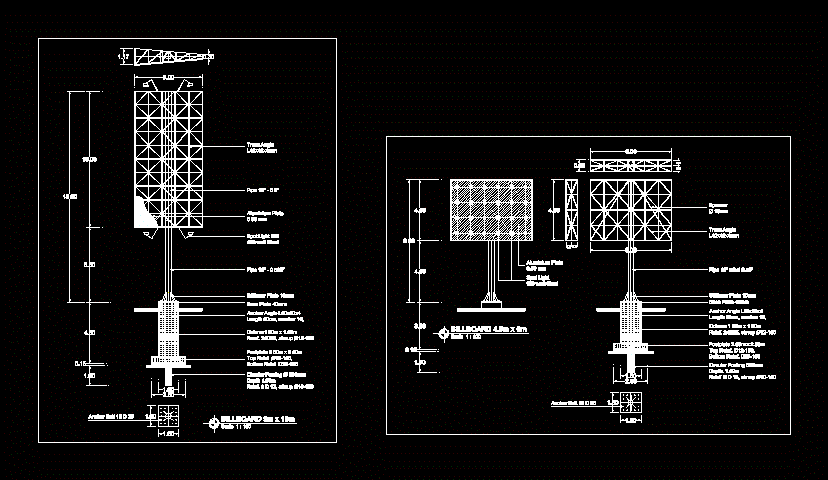Apr 25, 2016 The Block Editor lets user to edit a block using all of the standard Autodesk AutoCAD editing tools. Dynamic blocks have properties that user can modify using grips. It offers an easy way to make changes to existing blocks. The actions and parameters offer one way of creating dynamic blocks, but user can also use the geometric and dimensional. Jul 26, 2018 AutoCAD’s dynamic blocks give you increased functionality beyond standard blocks (for example, a dynamic block can symbolize multiple configurations). To create a dynamic block, you use the standard Block Editor environment, and then you add parameters and actions to specific geometry within the block.
- Sep 23, 2019 In the home tab on the ribbon, in the block panel, choose Create Block In the Block Definition dialog box, enter a name. If you want to indicate a dynamic block, enter a name like door-DYN. Specify a basepoint and select objects for the block.
- In a dynamic block reference, a scale action causes the block's selection set to scale when the associated parameter is edited by moving grips or by using the Properties palette. In a dynamic block definition, you associate a scale action with an entire parameter, not a key point on the parameter.

In a dynamic block reference, a scale actionbehaves similar to the SCALE command.
The scaleaction is similar to the SCALE command. In a dynamic blockreference, a scale action causes the block's selection set to scalewhen the associated parameter is edited by moving grips or by usingthe Properties palette.
In a dynamicblock definition, you associate a scale action with an entireparameter, not a key point on the parameter. You can associate ascale action with any of the following parameters:
- Linear
- Polar
- XY
Afterassociating a scale action with a parameter, you associate theaction with a selection set of geometry.
Specify theType of Base Point for a Scale Action
The scaleaction has a property called Base Type. Withthis property, you specify whether the base point for the scalefactor is dependent or independent.
If the basetype is dependent, the objects in the selection set scale relativeto the base point of the parameter with which the scale action isassociated. In the following example, a scale action is associatedwith an XY parameter. The scale action base type is dependent. Thebase point of the XY parameter is located at the lower left cornerof the rectangle. When the custom grip is used to scale the block,it scales relative to the lower-left corner of the rectangle.
If the basetype is independent (shown in the Block Editor as an X marker), youspecify a base point independent of the parameter with which thescale action is associated. The objects in the selection set willscale relative to this independent base point you specify. In thefollowing example, a scale action is associated with an XYparameter. The scale action base type is independent. Theindependent base point is located at the center of the circle. Whenthe custom grip is used to scale the block, it scales relative tothe center of the circle.
Specify theScale Type Property for a Scale Action
When a scaleaction is associated with an XY parameter, the scale action has anoverride property called Scale Type. Thisproperty specifies whether the scale factor applied is theparameter's X distance, Y distance, or X and Y coordinate value distance from the parameter's basepoint.
For example,you specify X Distance as the Scale Type for a scale action in adynamic block definition. In a drawing, when you edit the blockreference by dragging a grip on the XY parameter only along the Yaxis, the associated geometry does not scale.